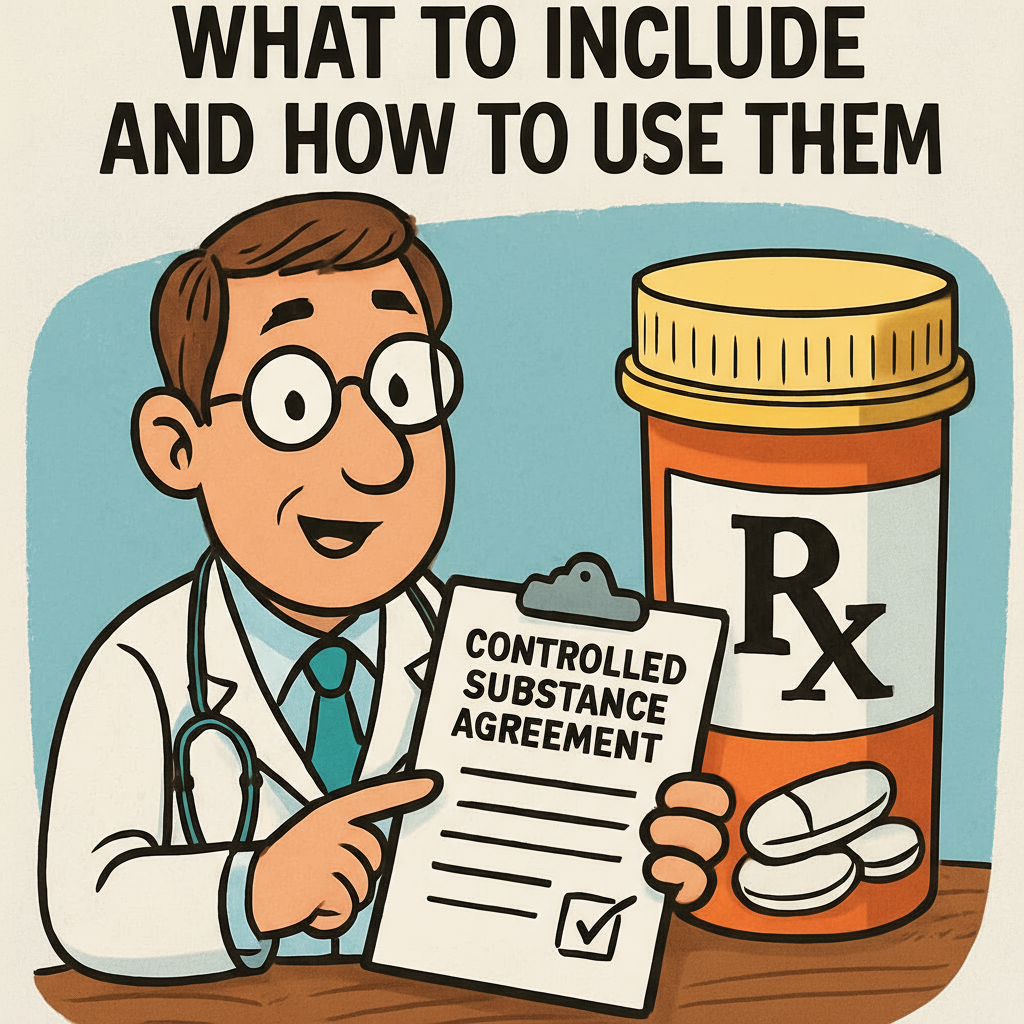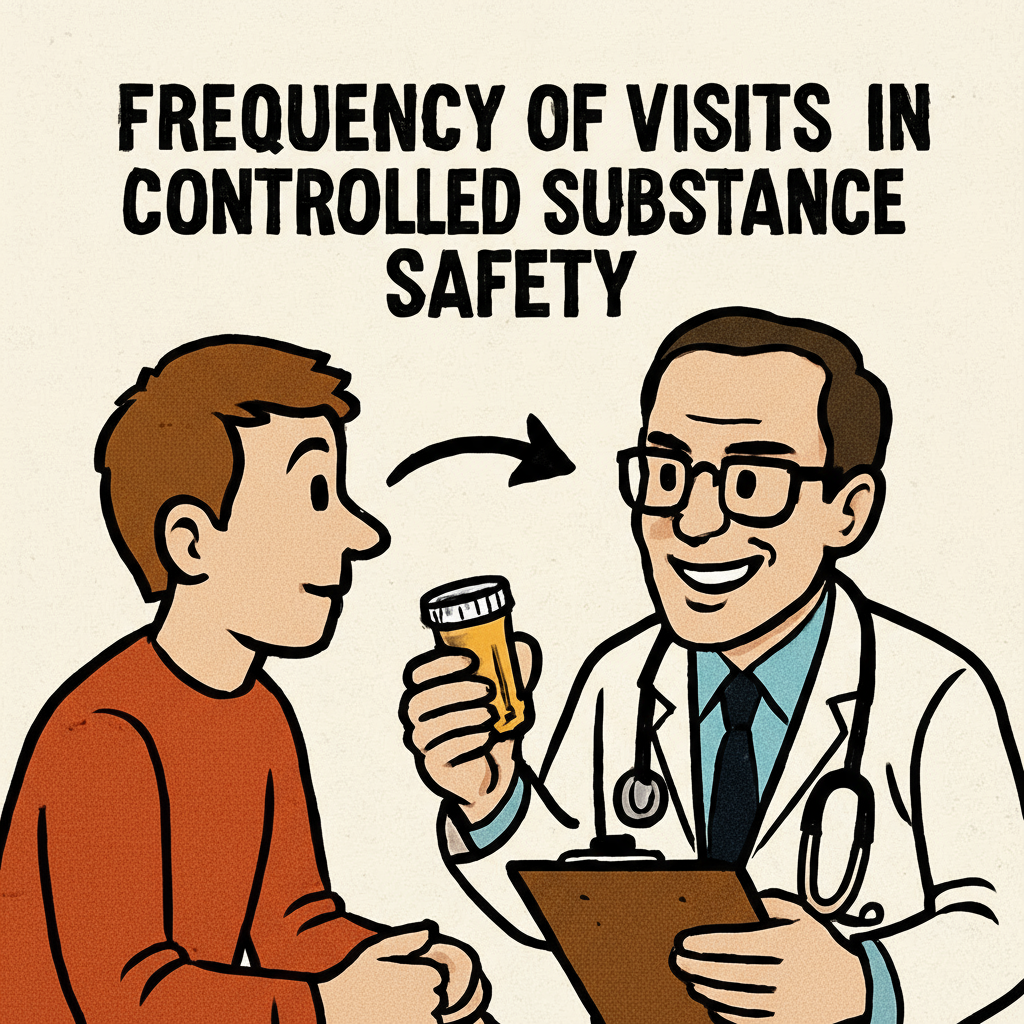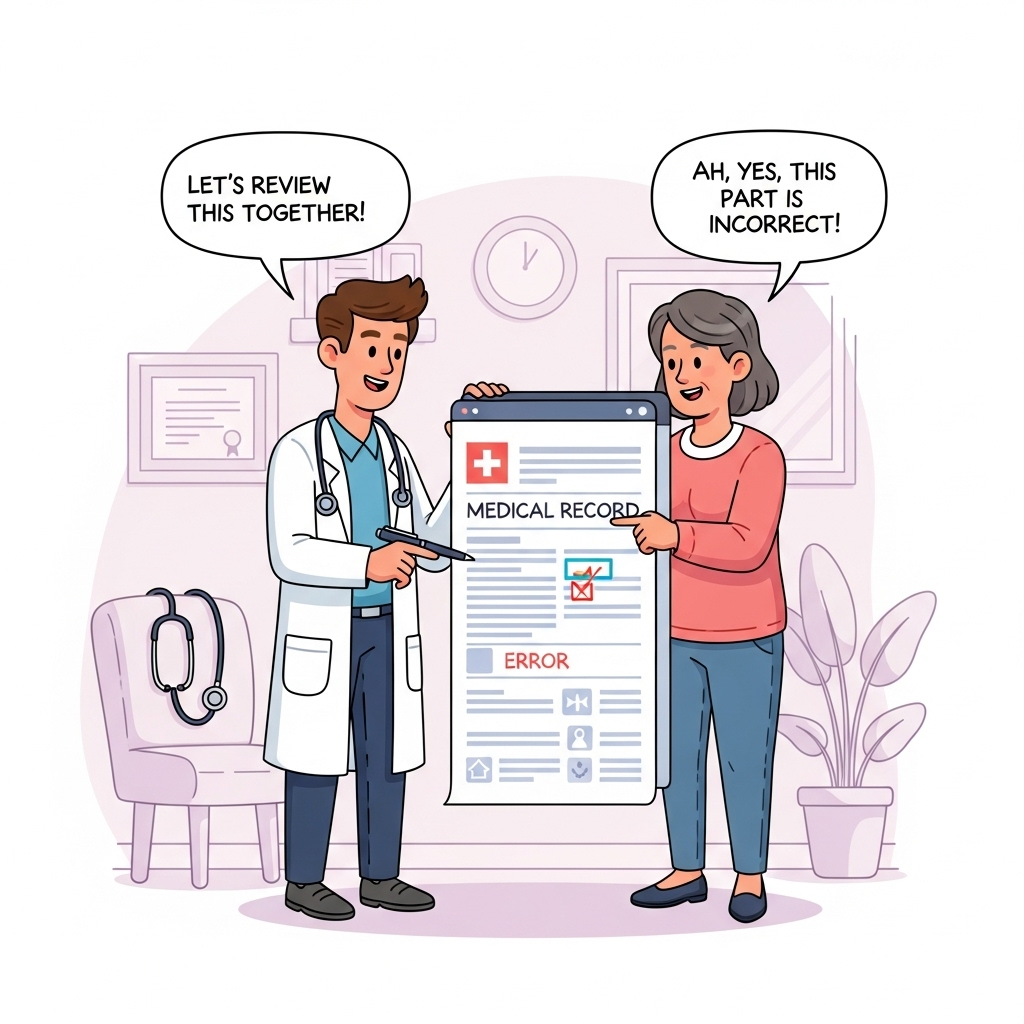
Training Your Staff to Support Compliance in Controlled Substance Prescribing
Doug Jorgensen
March 27, 2025
Introduction: Compliance Is a Team Sport
Controlled substance compliance is often viewed as the sole responsibility of the prescribing provider.
In reality, your entire team plays a critical role in ensuring that prescribing is safe, compliant, and defensible in the event of an audit or investigation.
If staff aren’t properly trained, even the best-written policies can fall apart in practice.
Why Staff Training Is Essential
- Shared Responsibility
Compliance tasks—like PMP checks, urine drug testing, pill counts, and documentation—are often delegated to staff. - Consistency Across the Practice
Training ensures that every team member follows the same process, reducing gaps that could create regulatory risk. - Patient Experience
When staff understand the “why” behind compliance procedures, they can explain them in a way that builds trust rather than resentment. - Regulatory Expectations
DEA and state medical boards expect that everyone involved in controlled substance workflows knows their role and follows protocol.
Key Training Areas for Staff
1. Prescription Monitoring Programs (PMPs)
- How to run a PMP check and interpret the results.
- When PMP checks are required by law or policy.
- How to document findings in the EHR.
2. Urine Drug Testing (UDT)
- Proper specimen collection, labeling, and chain of custody.
- Understanding basic interpretation of lab reports.
- Escalation steps for unexpected results; probation language in the CSA..
3. Pill Counts
- How to conduct random and scheduled pill counts.
- Documenting results and discrepancies.
- Communicating findings to the provider.
4. Controlled Substance Agreements (CSAs)
- Ensuring patients have signed agreements before initiating therapy.
- Reviewing agreements with patients and answering common questions.
- Tracking renewal dates.
5. Visit Frequency Protocols
- Scheduling follow-up visits based on patient risk category.
- Flagging patients who miss appointments or request early refills.
Building a Compliance Culture
- Train on the “Why,” Not Just the “How” – Staff buy-in increases when they understand how compliance protects both patients and the practice.
- Use Checklists and Templates – Reduces the chance of missing steps during busy clinic days.
- Role-Play Scenarios – Practice handling patient pushback or difficult conversations about compliance measures.
- Cross-Train Roles – Ensures continuity if a staff member is absent.
Ongoing Education
Compliance isn’t “one and done.”
- Annual Training – Review updates in state and federal regulations.
- Quarterly Refreshers – Reinforce best practices and address problem areas.
- Post-Audit Debriefs – Share lessons learned from internal or external audits.
Benefits of a Well-Trained Team
- Fewer compliance gaps.
- Better documentation in case of regulatory review.
- Improved patient understanding and cooperation.
- Reduced liability for the provider and the organization.
Final Thoughts: The Provider Sets the Standard, the Team Makes It Happen
Your compliance program is only as strong as the people executing it.
By investing in staff training, you’re not just checking a regulatory box—you’re building a safety net that protects patients, the practice, and your professional license.
A well-trained team doesn’t just follow the rules—they make compliance part of your culture.
About the Author
Douglas J. Jorgensen, DO, CPC, FAAO, FACOFP
Dr. Doug is a physician, consultant, and national educator on healthcare compliance, controlled substance prescribing, and practice operations. He helps organizations train teams to build a sustainable, compliant prescribing environment.


